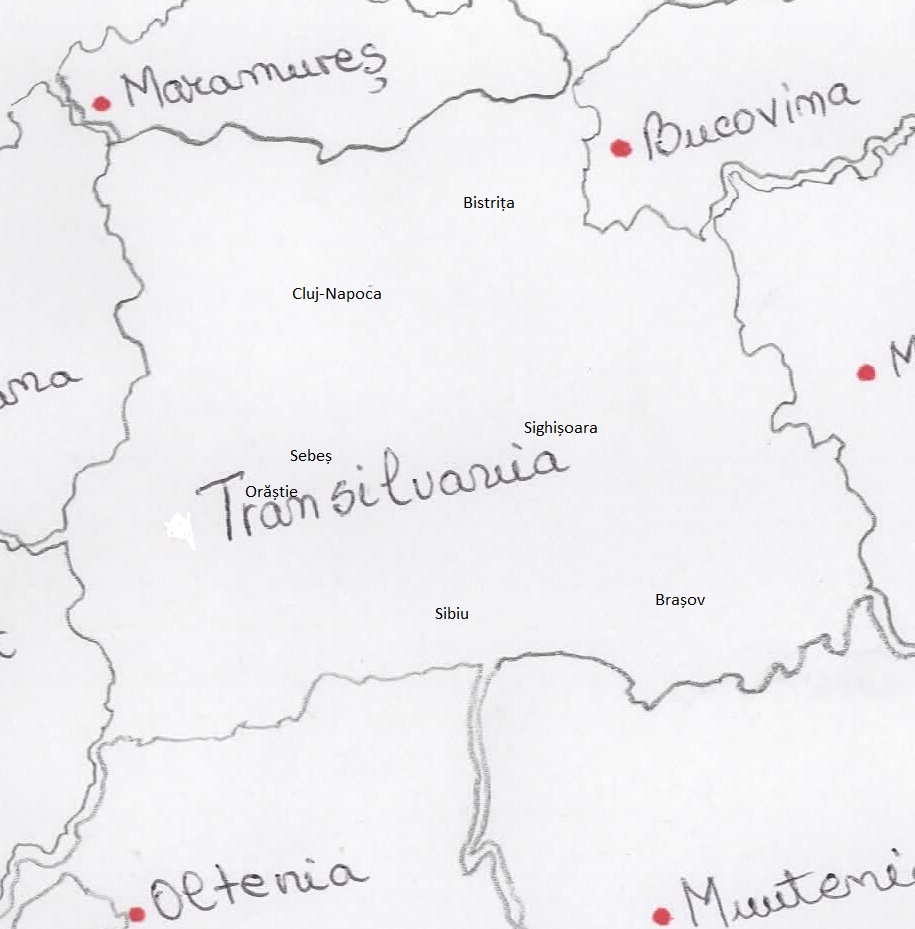
The German-speaking Romanians are a minority group in Romania.
They are ethnic Germans who live in Romania and descend from colonists brought in by the Austrian (Habsburg) Monarchy between 1190 and 1900. These Germanic speaking people, certainly in the beginning, came from Saxony, including the Netherlands, and Flanders.
Their role was to develop an economy and to protect the borderlands of the Habsburg Monarchy (including the Hungarian Kingdom) from eastern invaders.
They live in the region of Transylvania. The German name for Transylvania is Siebenbürgen, meaning Seven Castles. Hermannstadt (Sibiu), Kronstadt (Brașov), Bistritz (Bistrița), Schäßburg (Sighișoara), Mühlbach (Sebeș), Broos (Orăștie) and Klausenburg (Cluj-Napoca).
Mediaș is not belonging to this list as it only got city rights in the 16th century.
Another city with an important German minority is Timișoara. It was after the Austrians defeated the Ottoman Turks in 1716 that the Austrians decided to bring in Germans from Swabia, Württemberg, etc. to support the defense in this area.
After World War II, many Germans were deported from Romania. When restrictions on leaving the country were eliminated after Ceauşescu, the majority of Germans still living in Romania departed for Germany.